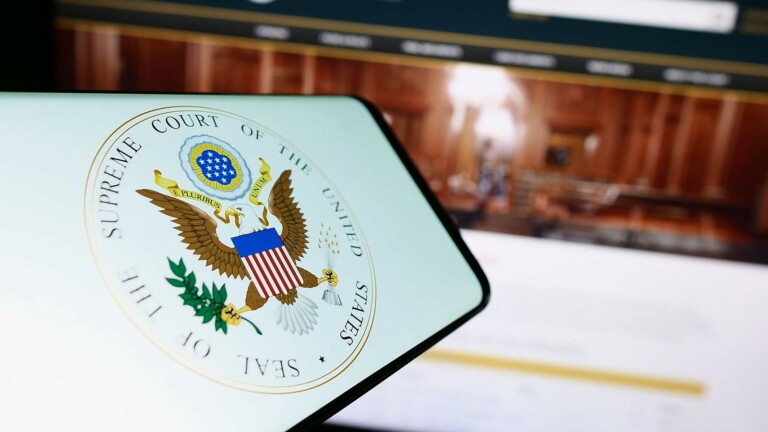When Insurance Goes Global: Ping An’s Cross-Border Response Shows New Direction
When Disaster Strikes Abroad: Is There A Safety Net?
In the quiet hours following a deadly bus accident in Idaho that claimed Chinese lives, a response mechanism activated halfway around the world. Ping An Insurance, China’s largest insurer by market value, moved with the precision of a Swiss watch. They didn’t just file paperwork – they deployed a specialized task force, coordinating life, property and casualty, health, and pension departments in what they classified as a ‘Level 2 emergency response protocol.’
This wasn’t business as usual. This was insurance diplomacy.
The question hanging in the air, thick as morning fog on the Mississippi: Could this approach reshape how American insurers respond to catastrophes?
What Makes This Emergency Infrastructure Different?
Is Ping An’s multi-department coordination something American companies should study? When the call came, Ping An didn’t hesitate. Their system kicked into gear with departments working in concert rather than in isolation. Property damage, medical needs, life claims, and even pension concerns were addressed under one coordinated umbrella.
This stands in stark contrast to the often fragmented American approach, where homeowners might find themselves navigating a labyrinth of departments after a disaster strikes.
“In times of crisis, bureaucracy is the enemy of recovery,” as an old Texas saying might go. The coordination demonstrated wasn’t just efficient – it was humane.
Can Claims Really Be Processed That Fast?
Is rapid processing a luxury or a necessity in today’s world? When Ping An activated their protocols, they didn’t just promise speedy resolution – they delivered it. Claims weren’t left to languish in digital queues or paper piles.
For American homeowners who’ve weathered hurricanes in Florida, wildfires in California, or floods in Louisiana, this speed might seem like fiction. Many have stories of waiting months, sometimes years, for resolution while their lives hang in balance.
A State Farm policyholder in Hurricane-ravaged New Orleans once told me, “The second disaster was waiting for the insurance check.” That waiting period is what Ping An’s approach challenges directly.
Why Does A Global Precedent Matter To Your Home?
Is the globalization of insurance response inevitable? With climate change accelerating disaster frequency – from California wildfires growing more frequent to Atlantic hurricanes intensifying – the need for responsive systems grows daily.
The connections between global insurance markets are strengthening. A reinsurance contract written in London affects coverage in Louisiana. A protocol developed in Shenzhen influences practices in Seattle.
For the average homeowner in Minneapolis or the small business owner in Phoenix, these connections might seem remote, but they’re reshaping the safety nets beneath us all.
Why This Matters To Your Insurance Policy
How Prepared Is Your Insurer For The Next Big One?
Is your insurance company developing multi-vector response systems? As disasters grow more complex, response systems must evolve. The wildfires that swept through Maui weren’t just fire events – they were complex catastrophes involving wind, infrastructure failure, and evacuation challenges.
Insurers that develop robust response frameworks benefit not just their balance sheets but their policyholders. A Liberty Mutual customer shouldn’t have to become an amateur claims adjuster after losing everything.
The question isn’t whether American insurers can match foreign counterparts – it’s whether they’re willing to learn from them.
Can The Claims Process Finally Enter The 21st Century?
Is the traditionally bureaucratic claims process finally facing pressure to evolve? For decades, American policyholders have accepted a certain rhythm to claims: file paperwork, wait, follow up, wait some more, negotiate, then eventually receive compensation.
Ping An’s approach suggests another way forward – one where technology and coordination replace delay and fragmentation.
For the homeowner in Tennessee waiting on roof repair approval or the shopkeeper in Oregon hoping to rebuild after a flood, this evolution can’t come soon enough.
What Happens When Insurance Crosses Borders?
Is your business prepared for the international dimension of insurance? For companies with global suppliers, international clients, or multinational operations, insurance is no longer a domestic affair.
A manufacturing firm in Michigan might depend on parts from Taiwan. A software company in Austin might serve clients in a dozen countries. When disaster strikes anywhere in these chains, insurance response matters everywhere.
The growing role of insurers in global incident management isn’t just changing corporate risk – it’s reshaping how we understand security in an interconnected world.
Supporting Context: The Changing Insurance Landscape
How Is Cybersecurity Changing Insurance Requirements?
Is your company prepared for the new cyber insurance reality? The recent Raytheon/Nightwing False Claims Act settlement highlighted a growing concern – cybersecurity compliance in federal contracts isn’t optional, and the insurance implications are substantial.
For small and medium enterprises seeking government work, this creates a new insurance imperative. Coverage isn’t just about protecting against breaches – it’s about demonstrating compliance with increasingly strict federal standards.
The days when cyber insurance was a luxury add-on are fading like an old photograph. For companies of all sizes, it’s becoming as fundamental as property coverage.
What Does Heightened Fraud Enforcement Mean For Coverage?
Is your insurance robust enough to weather increased regulatory scrutiny? The Department of Justice’s False Claims Act complaint against major health insurers signals a new era of enforcement.
Companies need not just insurance against fraud but coverage that supports compliance frameworks. The right policy doesn’t just pay claims – it helps prevent them through governance structures.
As a wise attorney once told me, “In today’s regulatory environment, compliance isn’t expensive – non-compliance is.”
For Newsrooms: The Stories Behind The Policies
The case study comparing Ping An’s response to American frameworks isn’t just insurance news – it’s a window into global competition and cooperation. Local angles abound in how global insurance trends affect regional premiums and coverage availability.
The policy shifts occurring aren’t abstract – they’re reshaping protection for homes in Amarillo, businesses in Baltimore, and everything in between. As these frameworks evolve, properties and companies across America will feel the effects, for better or worse.
When seeking expertise, property and casualty executives who’ve handled major disasters, insurance law experts who understand regulatory trends, and global risk consultants who can contextualize international developments offer valuable perspectives.
The insurance world is changing faster than a West Texas weather front. For homeowners and businesses alike, understanding these shifts isn’t just interesting – it’s essential protection for what matters most.
And that’s the way it is.
Disclaimer: General Information & Accuracy
This blog provides general information and discussions about insurance and related subjects for informational purposes only. It is not intended as professional advice, including but not limited to financial, legal, or medical advice. We strive for accuracy, but laws, regulations, information, and best practices constantly evolve, and unintentional errors can occur. Therefore, we make no warranties about the completeness, accuracy, reliability, or suitability of the blog content. Always consult with a qualified professional for advice tailored to your specific situation. Any reliance you place on this information is strictly at your own risk.

